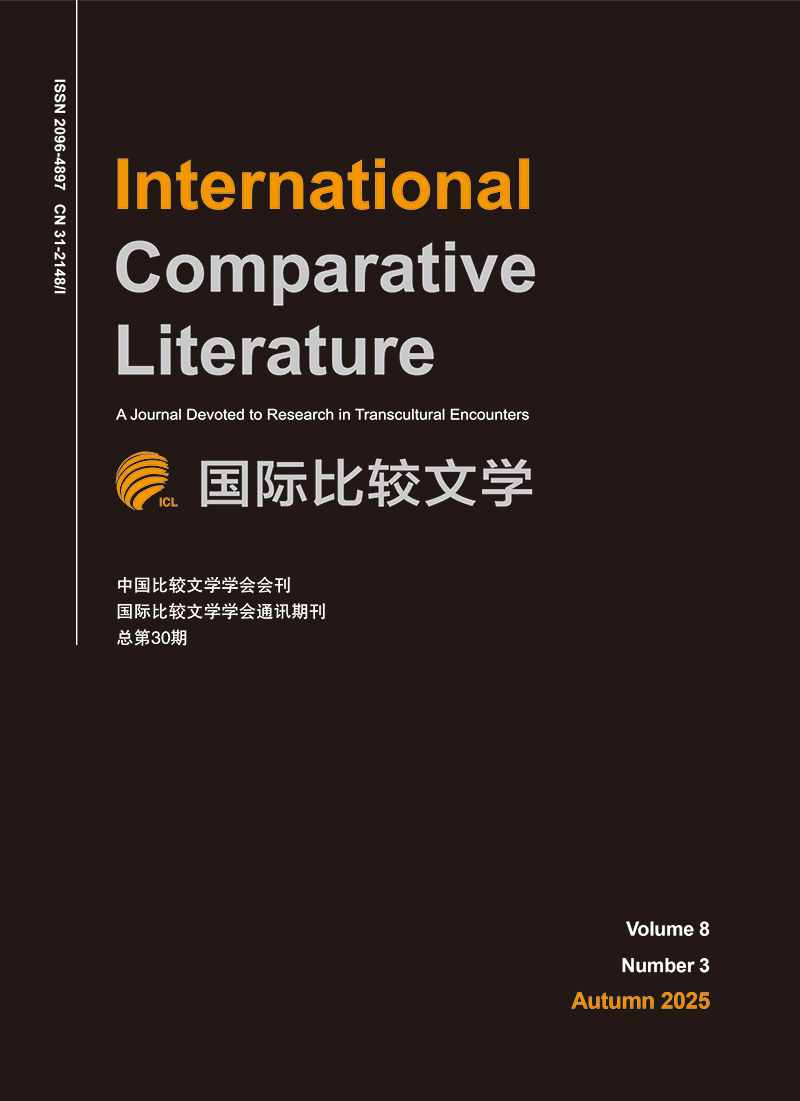An Intrinsic Correlation between Shanghai-Style Culture and the Jiangnan Culture:A Study Focused on Literati Gatherings in Shanghai before and after the Opening of the Port
-
摘要: 上海古称海上、上洋,靠海临江,宋代因商而崛起形成市镇,元代因港而兴盛由镇升县,明代抗倭筑城,形成上海老城厢,明清时期经济繁荣,衣被天下。上海人历来崇文重教,科举鼎盛,人才辈出,在文学、艺术、收藏、工艺及中西交流等领域都取得了非凡成就,成为江南文化的重要组成部分。以港兴市、重商、移民、经世致用精神在明清上海江南文化发展过程中尤为突出。嘉庆初年,上海道台李廷敬发起平远山房雅集,其后李筠嘉发起吾园雅集,活动持续时间长,活动内容丰富,人员广泛,可以说是继扬州、南京雅集之盛况后“所未见也”,一时江南名士汇聚海上。上海开埠后,萍花社雅集、飞丹阁书画雅集再到豫园书画善会和海上题襟馆雅集,从传统书画雅集转向了现代化的书画社团,有固定场所、组织机构和章程,推举有名望的书画家为会长,侧重于书画家的商业推广。书画雅集注重大家合作,关注慈善互助,在绘画风格彼此借鉴,又相互融合,形成了海派书画雅俗共赏、流派自由、风格多元、开拓创新的海派特征,成为海派文化最早起源。开埠前上海江南文化中孕育着海派文化基因,是海派文化之源,两者一脉相承。本文从开埠前后海上文人雅集来解析江南文化中的海派基因,探讨上海江南文化与海派文化一脉相承。Abstract: Shanghai,formerly known as Haishang and Shangyang,was next to the Yangtze River and the sea. In the Song Dynasty,it burgeoned as a market town due to commercial exchange. In the Yuan Dynasty,the town was upgraded to a county owing to the flourishing ports. When it came to the Ming Dynasty,a city was built in the region in resistance to Japanese invasion,gradually shaping the old city of Shanghai. During the Ming and Qing Dynasties,the economy boomed and the city was well received by the world. The Shanghainese have always had high regard for literature and education,for which reason the imperial examination system prospered and talents emerged in various fields such as literature,art,connoisseurship,craftsmanship and Sino-Western cultural exchange,contributing significantly to the Jiangnan culture by and large.The practical spirits of humanistic pragmatism,which seek to revitalize the city through port trade,commerce and immigration,were particularly prominent in the development of Jiangnan culture in Shanghai during the Ming and Qing Dynasties. In the early years of the Jiaqing reign,the circuit official of Shanghai Li Tingjing initiated the Pingyuanshanfang literati gathering. Then Li Yunjia followed suit and launched the Wuyuan literati gathering. The latter event lasted for a long time,rich in content and involving a wide variety of participants. With a considerable number of celebrities gathering in Shanghai,it is safe to say that it was an“unprecedented”gala following the Yangzhou and Nanjing literati gatherings. After the opening of the port of Shanghai,the Pinghuashe literati gathering,the Feidange literati gathering,the Yuyuan Painting and Calligraphy Charity Association and Haishang tijin Calligraphy and Painting Association were transformed from traditional calligraphy and painting literati gatherings to modern calligraphy and painting societies. There were fixed venues, administrative organizations and regulations for these societies,and prestigious calligraphers and painters were recommended as presidents to boost the commercial promotion of calligraphers and painters. Literati gatherings that feature calligraphy and painting appreciation give special weight to cooperation,charity and mutual assistance,encouraging artists and literati to learn from each other and to integrate new styles,forming a unique Haipai(Shanghai Style)culture that accentuates mutual appreciation of calligraphy and paintings that appeal to both refined and popular tastes,freestyle, diverse genres,and innovation. Before the opening of the port,the Jiangnan culture in Shanghai nurtured the genes of the Haipai culture,and was the source of the Haipai culture. This article analyzes the genes of Haipai culture within the Jiangnan culture in light of Haishang literati gatherings before and after the opening of the port of Shanghai,and probes into the causal nexus between the Jiangnan culture and the Shanghainese culture.
-
[1] . 唐锦编《弘治上海志》(卷之五),建设志,县署,唐时措记。 [2] . 元代《上海县学记》拓片,上海市历史博物馆收藏。 [3] . 《上海南园新建斗母阁碑记》拓片,上海市历史博物馆收藏。 [4] . 明代《上海县儒学科贡碑》拓片,上海市历史博物馆收藏。 [5] . 《李筠嘉仗乡图》,上海市历史博物馆收藏。 [6] . 《1861年七夕一粟庵雅集图》,上海市历史博物馆收藏。 [7] . 王大同等编《嘉庆上海县志》,上海书画出版社,2018年。 [8] . 上海地方志办公室、上海市历史博物馆编《民国上海市通志稿》,上海古籍出版社,2019年。 [9] . 茅伯科主编《上海港史(古、近代部分)》,人民交通出版社,1990年。 [10] . 王英志编纂校点《袁枚全集新编》(第十八册),浙江古籍出版社,2015年。 [11] . 张中行《张中行全集》,北方文艺出版社,2019年。 [12] . 杨逸《海上墨林》,1920年增订版,上海市历史博物馆收藏。 [13] . 李筠嘉辑《春雪集》,锄山馆藏版,上海市历史博物馆藏。 [14] . 刘欢萍《乾嘉诗人吴锡麒研究——吴锡麒年谱》,凤凰出版社,2016年。 [15] . 陈夔龙《陈夔龙诗文集》,收入贵州省文史研究馆《续黔南丛书》(第六辑下册),贵州人民出版社,2014年。 [16] . 胡艺撰《改琦年谱》,《朵云》第八集 1985年。 [17] . 陆萼庭《清代戏曲家丛考》,学林出版社,1995年。 [18] . 龚自珍《龚自珍全集》,上海人民出版社,1975。 [19] . 改琦《红楼梦图咏》(淮浦居士刻本),顾春福题通灵宝石绛珠仙草,上海市历史博物馆藏。 [20] . 汤克勤编著《龚自珍诗全集汇校汇注汇评》,崇文书局,2019年。 [21] . 彭长卿编《名家书简百通》,学林出版社,1994年。 [22] . 黄可《清末上海金石书画家的结社活动》,《朵云》1987年第 12期。 [23] . 曾国藩《曾国藩全集奏稿》,河北人民出版社,2016年。 [24] . 张鸣珂《寒松阁谈艺琐录》,收入周骏富辑《清代传记丛刊·艺林类(10)》(卷六),明文书局印行,1986年。 [25] . 葛元煦著《沪游杂记》,早稻田大学藏版本 -

 点击查看大图
点击查看大图
计量
- 文章访问数: 341
- HTML全文浏览量: 64
- PDF下载量: 11
- 被引次数: 0



 下载:
下载:

